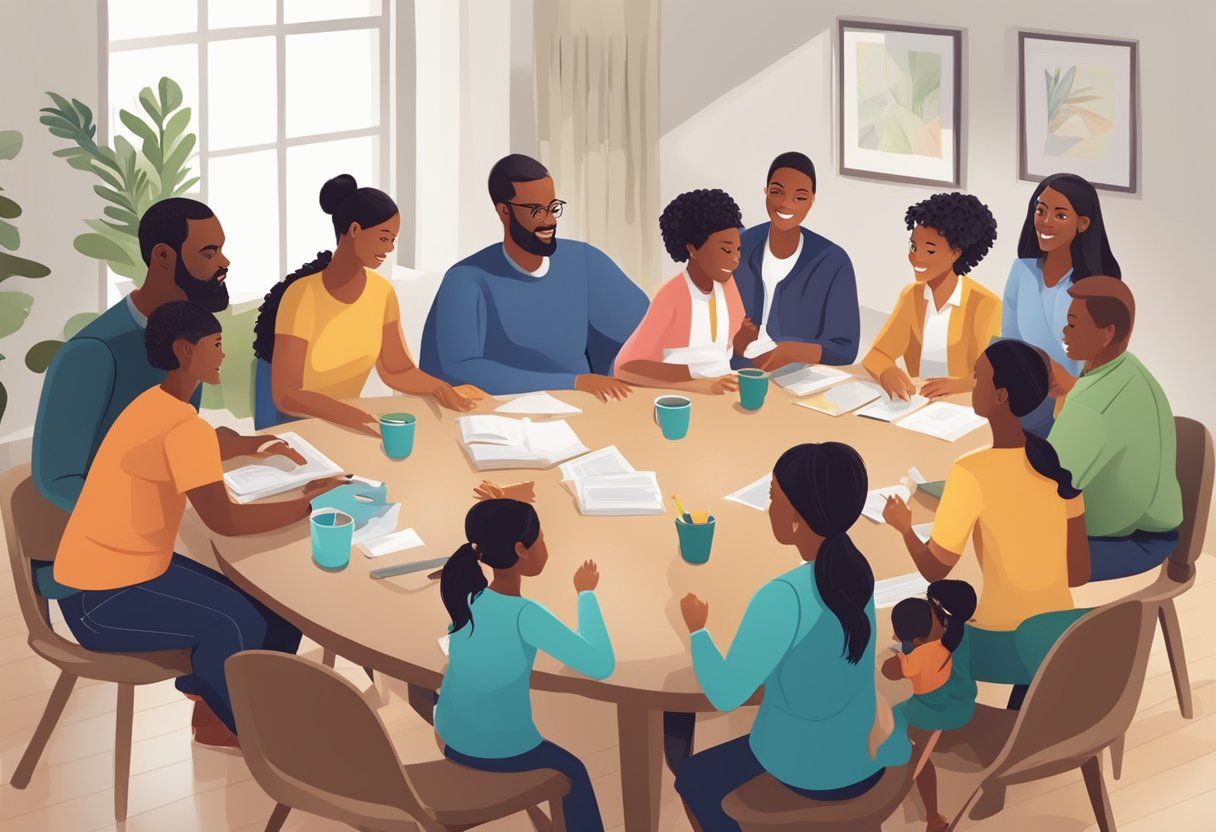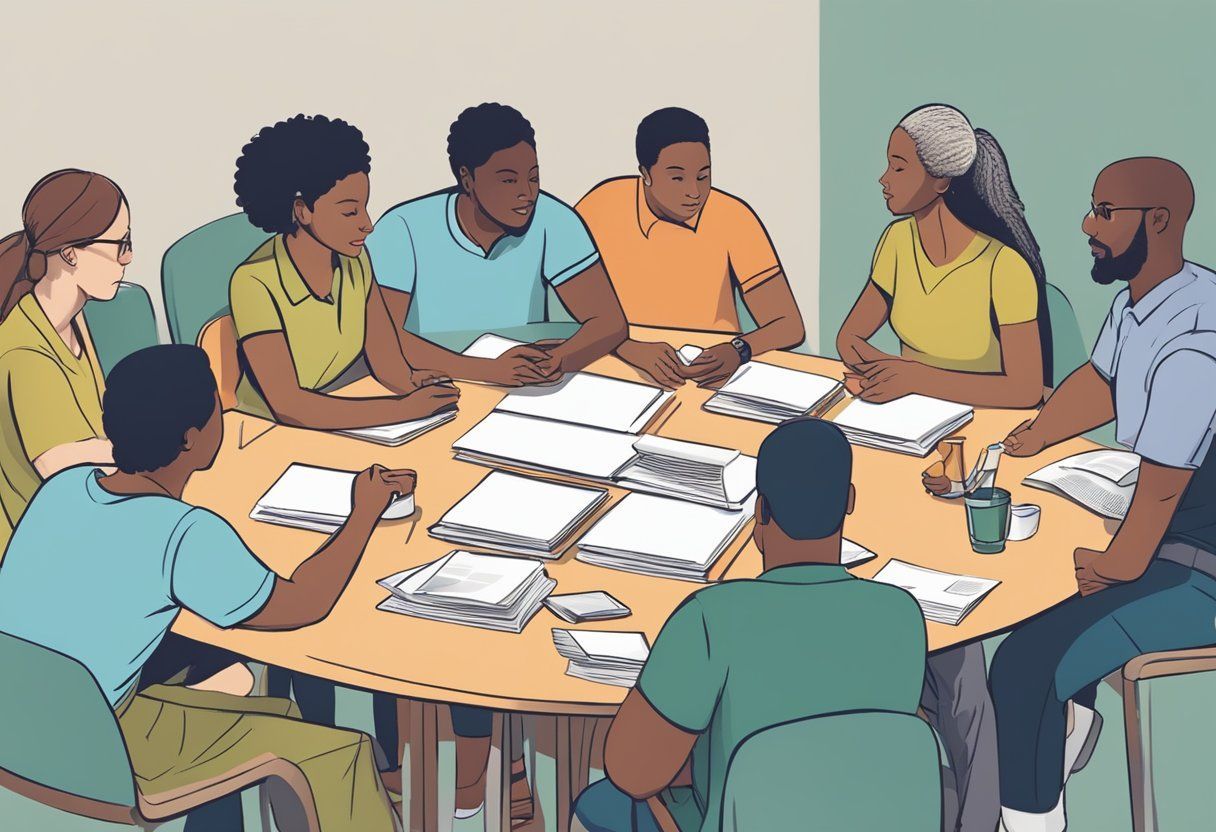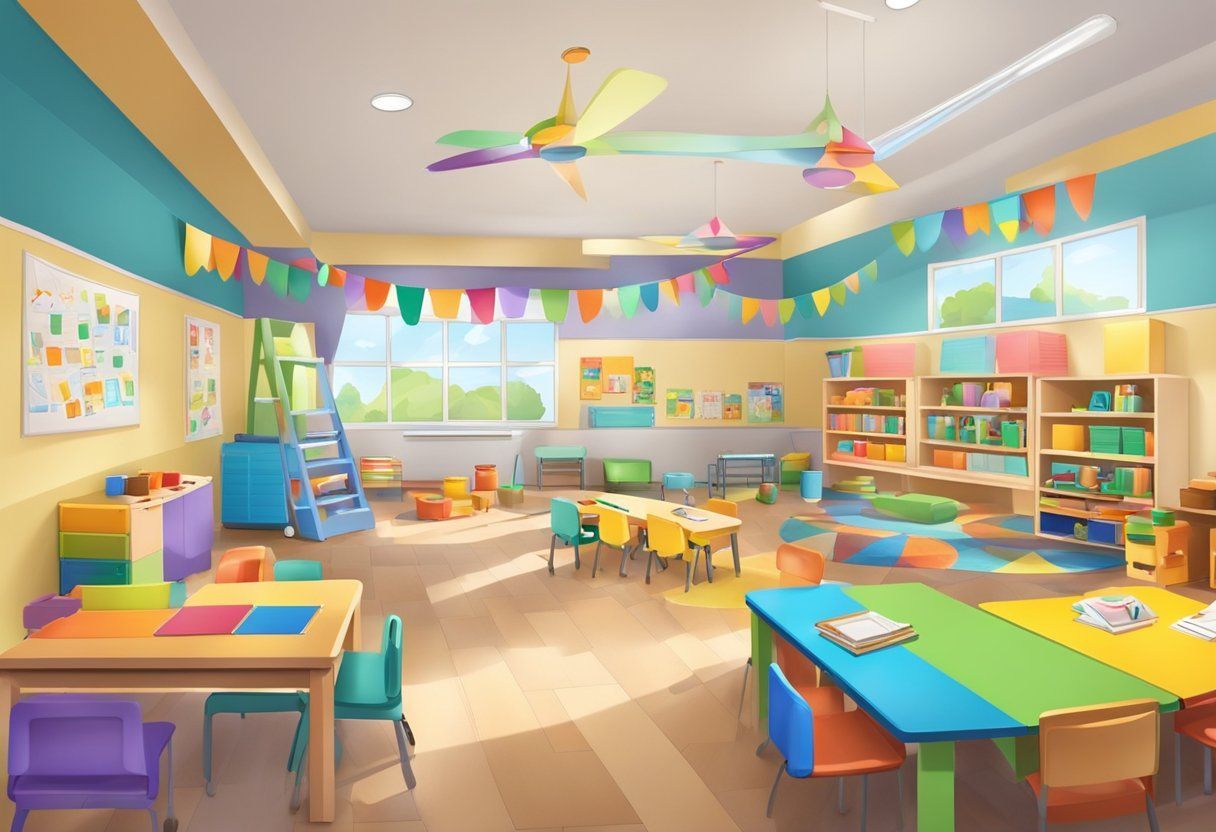BLOG
Categories
How Wraparound Services Complement Adoption Support: Bringing Healing and Hope to the Whole Family
Let’s take a step back and look at something crucial—support doesn’t begin and end with a service plan or therapy session. True support, the kind that leads to healing, must meet families where they are and walk alongside them every step of the way. That’s what wraparound services offer in the adoption journey: not just a set of tools, but a relationship—an ongoing, intentional, love-based relationship.
What Are Wraparound Services in Adoption?
At their core, wraparound services are not about fixing problems—they’re about holding space for healing. They exist to help create a stable, nurturing environment where both the child and the family can access what they need, when they need it, in the way that makes the most sense for them. That’s not one-size-fits-all. That’s deeply personal.
The heart of wraparound lies in four essential principles:
Strengths-Based:
We begin with what the family already has—their resilience, their commitment, their love. We amplify that.
Family-Centered:
This isn’t about professionals dictating outcomes. It’s about listening to the family’s voice and honoring their goals.
Collaborative:
Healing happens in connection. Wraparound brings together service providers and families, not as separate parts, but as a unified team.
Flexible:
Needs shift. Children grow. Families stretch. Services must evolve too, without rigidity.
These principles form the groundwork for individualized care—support that meets emotional, educational, social, and physical needs all at once, all the while guided by the family’s rhythm.
Why Wraparound Matters in Adoption
Adoption is layered. It carries histories—both seen and unseen. When a child enters a new family, those layers don’t dissolve. They come with grief, trauma, loss... and yes, the potential for transformation. Wraparound services recognize that and bring in the emotional scaffolding families need.
Think about it:
Emotional Support looks like trauma-informed counseling that doesn’t pathologize behavior but seeks understanding and connection.
Educational Assistance
involves recognizing that a child’s learning journey is influenced by their nervous system, their stress, their early attachment experiences—not just by academics.
Resource Connection
is about more than referrals. It’s about building a community around the family—healthcare, therapy, peer support, respite—so they’re never walking alone.
This is where stability is born. Not from controlling behavior, but from calming the storm inside. Not from managing symptoms, but from meeting the deeper needs. Wraparound services aren’t just a program—they’re a lifeline. They are a vessel of love in action.
Weaving Together Support: How Wraparound Services Strengthen the Adoption Journey
Adoption is never a straight line. It’s layered, dynamic, deeply human—and so the support system has to be just as responsive, just as layered. That’s where wraparound services come in. They don’t replace what already exists—they amplify it. They bring structure to the chaos and connection to the confusion. They take the threads of different services and weave them into a cohesive, living support system for families walking the sacred path of adoption.
Integration with Existing Support: Closing the Gaps with Love and Intention
When we talk about wraparound, what we’re really talking about is the glue that holds everything else together. Traditional adoption supports often operate in silos—one agency here, one therapist there, a school system over there. But real healing, real transformation, demands connection across every level.
Wraparound services step into those spaces between and say: We’re here with you. We’re not going to let anything fall through the cracks.
Partnering with Adoption Agencies: More Than a Referral, It’s a Relationship
Adoption agencies open the door—but wraparound teams help you walk through it, carrying the bags that life has packed for your child and your family.
Through strong partnerships, agencies and wraparound providers work hand in hand to ensure that:
- Your family doesn’t just get a plan—you get a pathway, grounded in your story.
- There’s someone helping you navigate access to therapy, special education, or medical care.
- You’re not left wondering,
What do I do now?—because someone’s already walking alongside you with the next step.
This coordination creates continuity. It prevents overwhelm. And most importantly, it sends a message: You are not alone.
Tapping Into the Power of Community: Collaboration with Adoptive Family Support Networks
One of the most profound truths in healing is this: community creates safety. When wraparound services help integrate families into support networks, they’re doing more than providing information—they’re creating lifelines.
These support networks—whether they’re in-person, online, or facilitated through workshops—help parents:
- Know they’re not the only ones dealing with the midnight meltdowns or the deep-seated grief their child can’t put into words.
- Learn from one another in ways that no textbook or therapist ever could.
- Build strength from shared experience and real, raw connection.
The wraparound team helps coordinate these relationships, so families not only receive help—they become part of a healing village.
And that’s what it’s all about. Not fixing. Not managing. But building something that lasts—one connection, one insight, one breakthrough at a time.
As I often say, “Behavior is just the tip of the iceberg. What lies beneath is what needs our love.” Wraparound services help ensure that love doesn’t stay abstract—it becomes actionable.
The Transformational Power of Wraparound Services for Adoptive Families and Their Children

Adoption is not just a legal process—it’s an emotional and spiritual journey. It’s a path filled with joy, yes, but also grief, loss, and deep healing. That’s why the kind of support adoptive families need must go far beyond checklists and service directories. It needs to be living, breathing, human. That’s where wraparound services step in.
They don’t just offer help—they bring hope. They don’t just patch holes—they build bridges.
Creating Stability from the Inside Out
Every family—especially adoptive families—deserves to feel safe, supported, and seen. But let’s be honest: the challenges that come with adoption can rock even the most grounded household. Wraparound services are like a safety net woven with love, intention, and real resources.
They offer what families often don’t know they need until they’re right in the thick of it:
- Mental health support that doesn’t pathologize the child, but instead offers healing for the whole family.
- Financial support, like the Adoption Assistance Program, that allows parents to breathe a little easier when it comes to things like therapy, medical care, and daily expenses.
- Parenting groups that become sanctuaries—places where moms and dads can say, “I’m struggling,” and be met with, “Me too. Let’s walk through it together.”
Through counseling, coaching, and workshops, parents start to see the behaviors not as defiance but as communication. They learn how to stay regulated in the face of their child’s dysregulation. They reconnect with their own story so they can show up more fully for their child’s.
Because healing happens in relationship—and these services are all about building relationships that restore and renew.
Meeting the Heart of the Child Where They Are
Let’s not forget: adopted children are often carrying grief, trauma, and identity questions far too big for their age. They’ve experienced separation, loss, sometimes rejection—and it lives in their bodies, shows up in their behaviors, and often gets misunderstood as defiance when it’s really a cry for connection.
Wraparound services bring healing directly to these tender places by offering:
- Therapy that understands trauma, attachment disruption, and the deep-seated fear that sometimes masks itself as aggression, anxiety, or withdrawal. It’s not about fixing a child—it’s about helping them feel safe enough to start healing.
- Educational support that sees the whole child. This isn’t just about grades or academic achievement. It’s about creating learning environments that honor a child’s neurobiology and developmental history. That means tutors who understand trauma, IEP teams that actually listen, and assessments that look beneath the surface to uncover what a child really needs to succeed. It's about walking into a classroom and knowing your child isn’t going to be punished for behaviors rooted in fear—but supported with compassion and structure.
- Storytelling tools and life book work
that help children make sense of their beginnings in a way that doesn’t shame or sugarcoat, but rather validates their story and builds a sense of identity. Because when a child can look at their past without fear, they can start to imagine a future with hope.
And always, the goal is the same: to create a space where a child doesn’t just survive adoption—they thrive in it. Emotionally. Mentally. Spiritually. Because a child who knows they are safe, loved, and seen becomes a child who can trust, connect, and grow.
And that’s what every adopted child deserves—a future not defined by their past, but transformed by love.
Facing the Hurdles: What It Takes to Truly Integrate Wraparound Services into Adoption Support

Let’s be real—this work isn’t always easy. Love is powerful, but systems? They can be slow, disconnected, and resistant to change. When we talk about integrating wraparound services into adoption support, we’re not just talking about programs—we’re talking about systems, funding streams, politics, and people. And with all that comes challenges.
But if we understand those challenges, we can meet them—not with frustration, but with intention.
The Maze of Systems: Navigating Bureaucracy Without Losing Heart
If you’ve ever tried to get help for your child and ended up lost in a web of voicemails, applications, and waitlists—you’re not alone. That’s what happens when we try to navigate systems that were built to manage problems, not nurture people.
Wraparound services, by design, are meant to bring those systems together. But the reality is:
- Agencies have different rules, different languages, different goals.
- Families often get shuffled between departments, leaving them overwhelmed and exhausted.
- Even the professionals trying to help are worn down by red tape and competing priorities.
The key to breaking through this? Relationship. Just like in parenting, progress starts when we slow down, listen, and connect. When agencies build strong communication, when providers see themselves as part of a family’s team—not just a cog in the machine—things shift.
We need more of that. And we need to keep educating families, helping them understand the system, so they don’t get lost in it.
Because no family should feel like they have to fight alone.
Funding the Future: Sustaining Services Through Commitment and Community
Here’s the truth: Love is free. But the services that support it? They cost money. And too often, the financial foundation for wraparound programs is shaky at best.
- Grants run out.
- Donations fluctuate.
- Government funding comes with strings attached.
This creates instability—not just for programs, but for the families who rely on them. A child doesn’t stop needing therapy because the fiscal year ends. A parent doesn’t stop needing support because a grant didn’t get renewed.
So what do we do?
We diversify. We build partnerships with schools, nonprofits, faith-based communities, and policymakers. We show the real, long-term impact of this work—not just in numbers, but in changed lives. We become relentless in advocating for love to be funded.
Because healing is not a short-term investment. It’s a lifelong commitment.
And most of all, we stay grounded in why we’re doing this. As I’ve said before, “When love becomes the lens through which we see all behavior, then we can stop reacting and start responding.”

Frequently Asked Questions
What services are typically included in wraparound support for adoptive families?
Wraparound support offers a variety of services such as mental health counseling, family therapy, and crisis intervention.
These services aim to help families manage challenges after adoption.
They focus on the unique needs of adoptive families by using a strengths-based approach tailored to each family.
How do eligibility requirements for wraparound services vary for adopted children and adults?
Eligibility requirements can differ based on the needs of the adopted person and the available resources in a given area.
Typically, children who were adopted from foster care have access to certain services, while adults may face more limited opportunities.
Local agencies often define these requirements in cooperation with families.
What role does wraparound care play in addressing healthcare needs for adoptees?
Wraparound care can help address healthcare needs by coordinating mental health services and connecting families with specialists.
It ensures that adoptees have access to medical and therapeutic resources. This coordination is crucial for managing conditions that may arise from previous trauma or developmental challenges.
How do adoption assistance programs provide financial support beyond the age of majority?
Adoption assistance programs often provide financial support through stipends or benefits like Medi-Cal.
These programs may extend benefits past the age of majority for adoptees with special needs.
This ongoing support helps families afford healthcare, education, and daily living expenses.
Why are wraparound services considered vital for families in the post-adoption phase?
Wraparound services play a key role in the post-adoption phase by supporting families as they adjust to new dynamics.
They help build strong relationships between parents and adoptees. This helps prevent disruptions in adoption and supports the long-term success of the family unit.
What improvements can be made to the current foster care and adoption systems in the United States?
Improvements could include increased funding for support services and enhanced training for staff to better meet the needs of adoptive families.
Streamlining the adoption process can also reduce waiting times.
Fostering a more transparent communication between agencies and families could improve service delivery and outcomes.
RECENT POSTS
Bringing and keeping families together!









